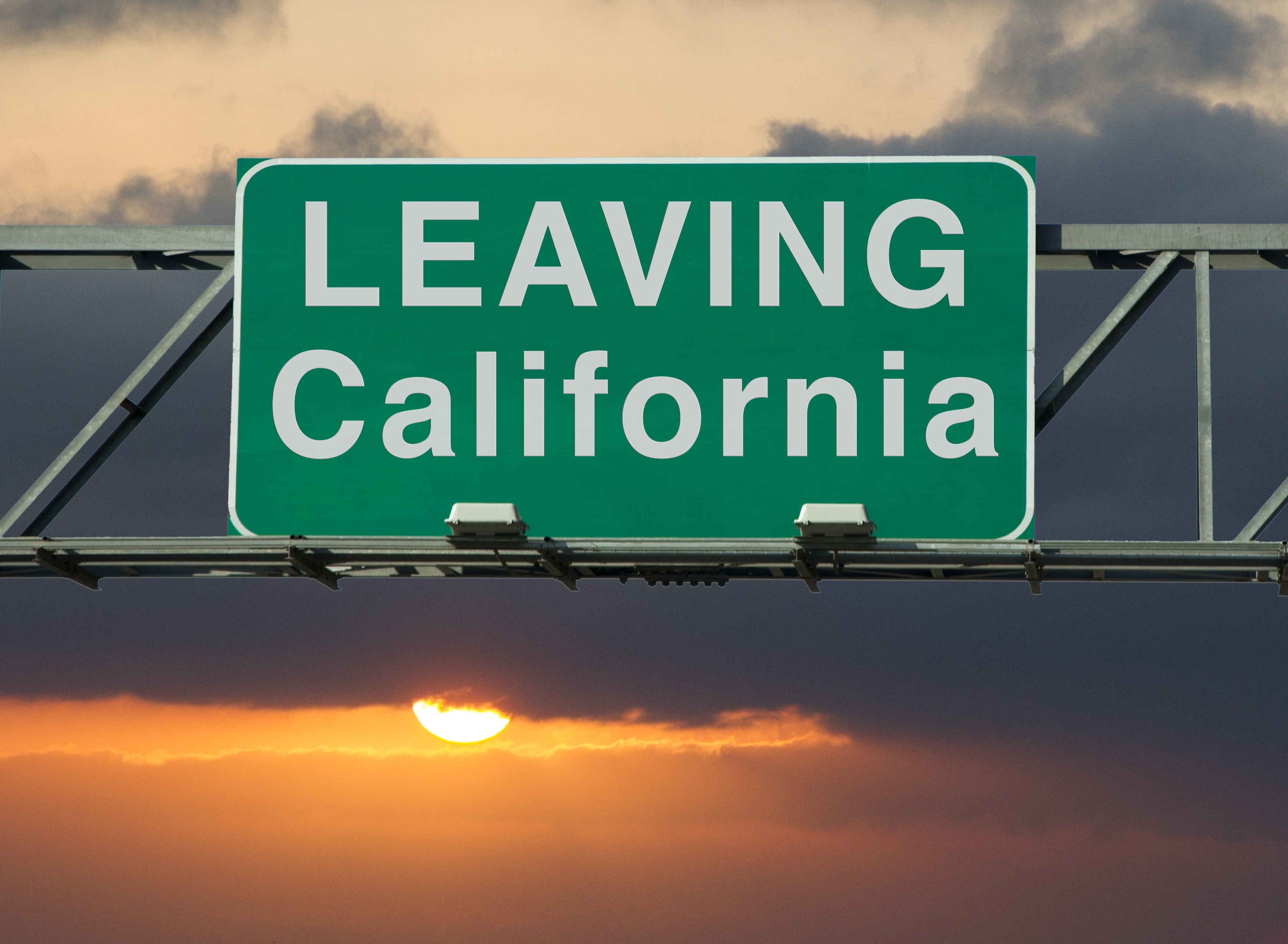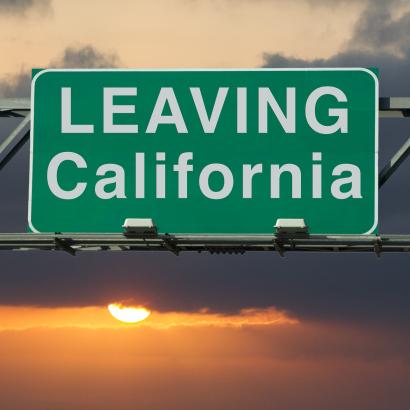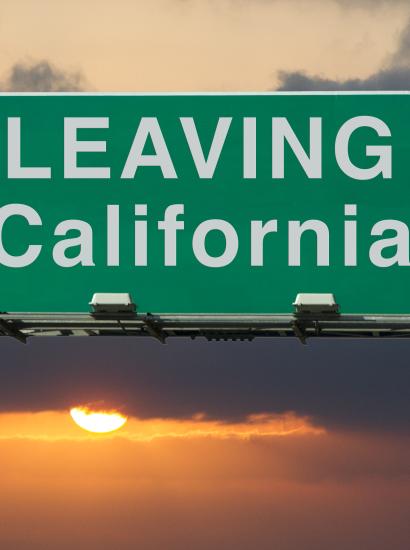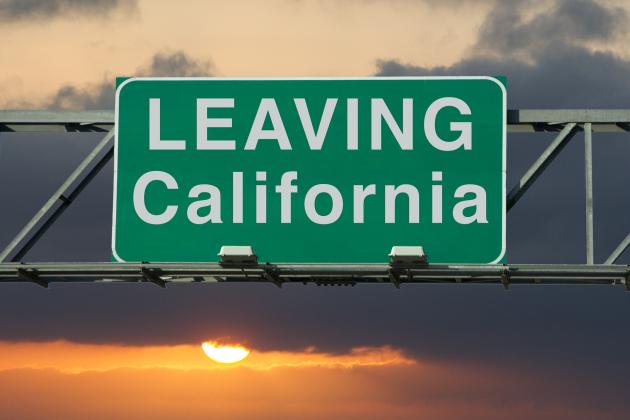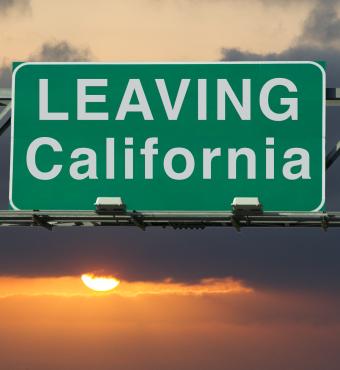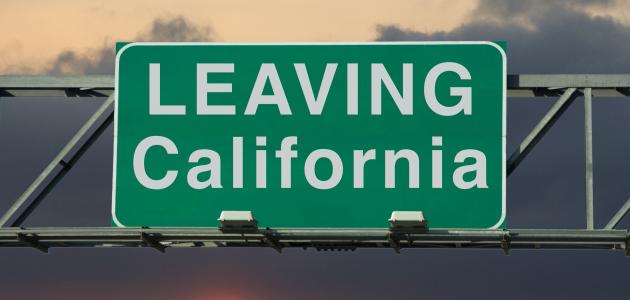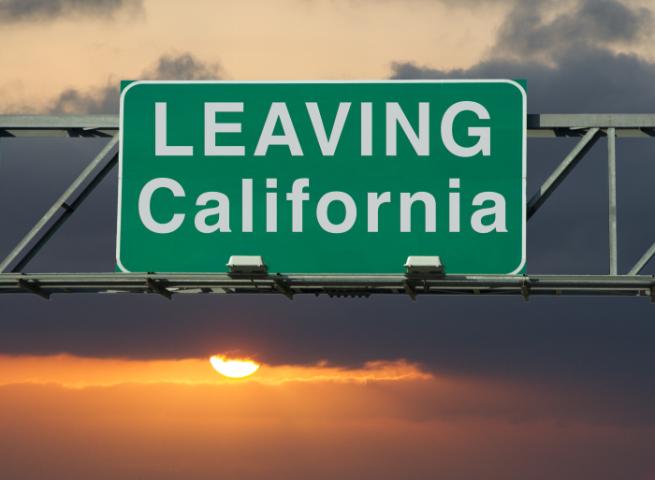Almost everywhere you look, you will see somebody talking, writing, or complaining about California’s housing crisis. Choosing to live in San Francisco, Los Angeles, San Diego, or Silicon Valley will cost you about $1,000,000 if you buy, and about $3,000–$5,000 or more a month if you rent. And that is if you are willing to live in something you would not want to post on Instagram.
California’s housing situation has become sufficiently absurd that tech engineers earning six figures are choosing to live in vans.
By now, nearly everyone agrees that the crisis reflects a long-standing supply shortage that is due to extremely high building costs, which in turn are related to poorly designed policies. As 2020 starts, there is virtually no hope that California policymakers will do what it takes to substantially expand supply, as the rate of new home construction here ranks 49th in the country.
California’s crisis will ultimately work itself out, but in a way that many would not have predicted. In any market, price will fall if supply expands enough, or if demand falls enough. Expanding supply is a lost cause, but housing demand is now falling, as people are leaving California faster than those moving in. This means that as state population begins to shrink, fewer homes will be required, which in turn will put less upward pressure on rents and prices.
This development is far from what many state and local politicians had planned, but it is the predictable and simple economic reality of what California has become, and what it will likely be in the future: Unaffordable. Dysfunctional. California residents are increasingly seeing a better life elsewhere.
For the first time since 2010, when the state’s unemployment rate was over 12 percent and exceeded the national average, California is losing population. Over the last year, nearly 200,000 people have left California, primarily for states with much lower housing costs and with better growth opportunities for middle-income earners.
Just how bad are things in California? Here is a partial breakdown:
Poverty rate: 50th
Housing affordability: 49th
Cost of living: 49th
Inflation-adjusted household income: 27th
Tax rate for top earners: 50th
Sales tax rate: 50th
Business taxes: 49th
Overall tax burden: 40th
Business climate: 47th, 48th, 50th
Infrastructure quality: average grade of D+
Traffic congestion: 47th
K–12 learning outcomes: 42nd
Homelessness rate: 50th
Yes, you get all this and more, for just $700,000. Don’t let the termite damage, the dry rot, or the tarps covering the roof dissuade you.
After reading these numbers, the only surprise should be why more people are not leaving. California is becoming unlivable, particularly for lower-income households and for young people.
Many families are paying in excess of 50 percent of their household income for rent, which is dangerously high, compared to the industry standard of 30 percent of household income. In Los Angeles, almost 60 percent of renters pay more than the standard 30 percent, and about half of those are paying over 50 percent. These families are a lost paycheck or a car repair payment away from losing their home.
Ironically, California’s elected officials claim that they support low earners and historically disadvantaged groups, including African Americans and Latinos. But nothing could be further from the truth. The California of today reflects a very specific failure of governance and policy choices that are enormously biased towards very wealthy political elites who strongly support incumbent politicians and who can easily afford the rising cost of living that comes with their political preferences.
For example, take the state’s carbon emission mandates. This includes a new law taking effect this year that requires virtually all new construction to be equipped with solar panels, extremely expensive insulation and energy efficient windows, and extremely efficient appliances that use very little energy.
It has been estimated that these requirements will boost the construction cost of a new home by as much as $40,000. This is a “feel-good” regulation for wealthy households who believe they are making a difference in climate change but is back-breaking for those many households who are paying in excess of 50 percent of their income on rent.
And this expensive regulation is not even a drop in the bucket when it comes to global carbon emissions. California accounts for about one percent of total emissions. It is ludicrous to think that anything California does in this regard will move the global needle.
Wealthy Californians whose cause celebre is climate change would make a much bigger splash in principle by paying China and India to stop using soft coal in their electricity generation rather than forcing meaningless, expensive regulations on the rest of the state.
And what of those high housing prices? As the state begins to lose population, those high prices are serving a perverse purpose. The wealthiest political elites will be happy as California’s population declines. Less traffic and congestion. Easier parking. More open, pastoral spaces to be saved from new housing developments that otherwise would be required if California continued to grow.
You see, there always has been a certain logic to California housing policies. They serve a very important political constituency.







